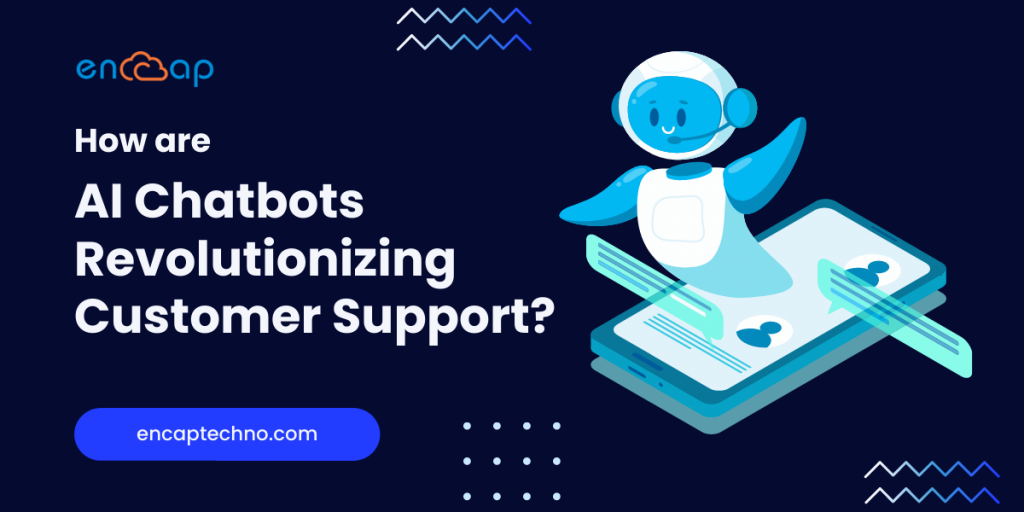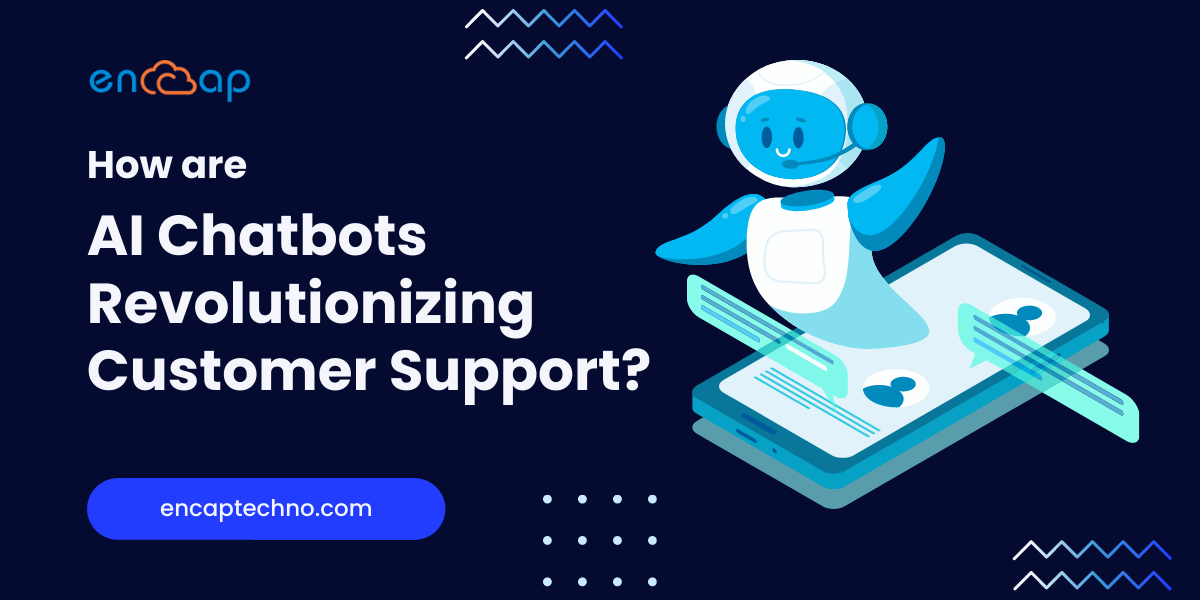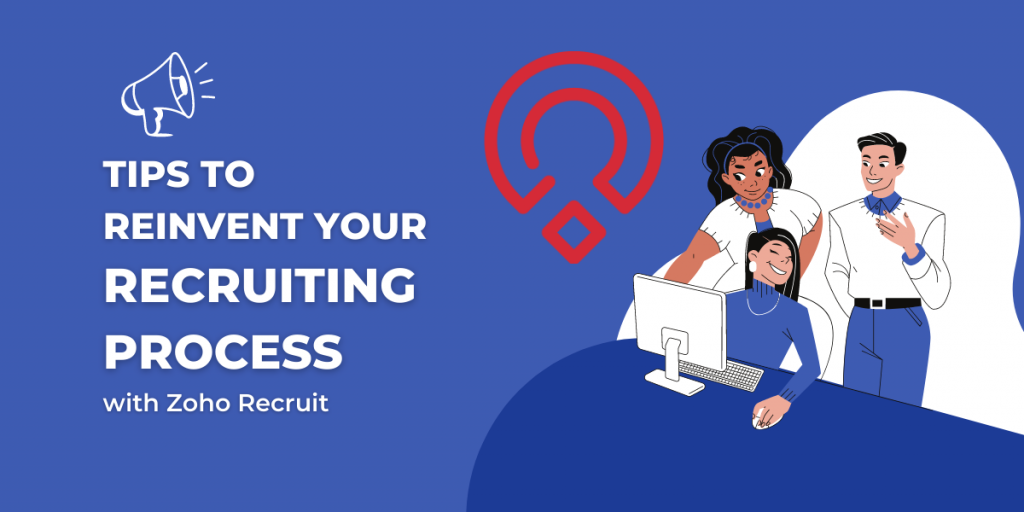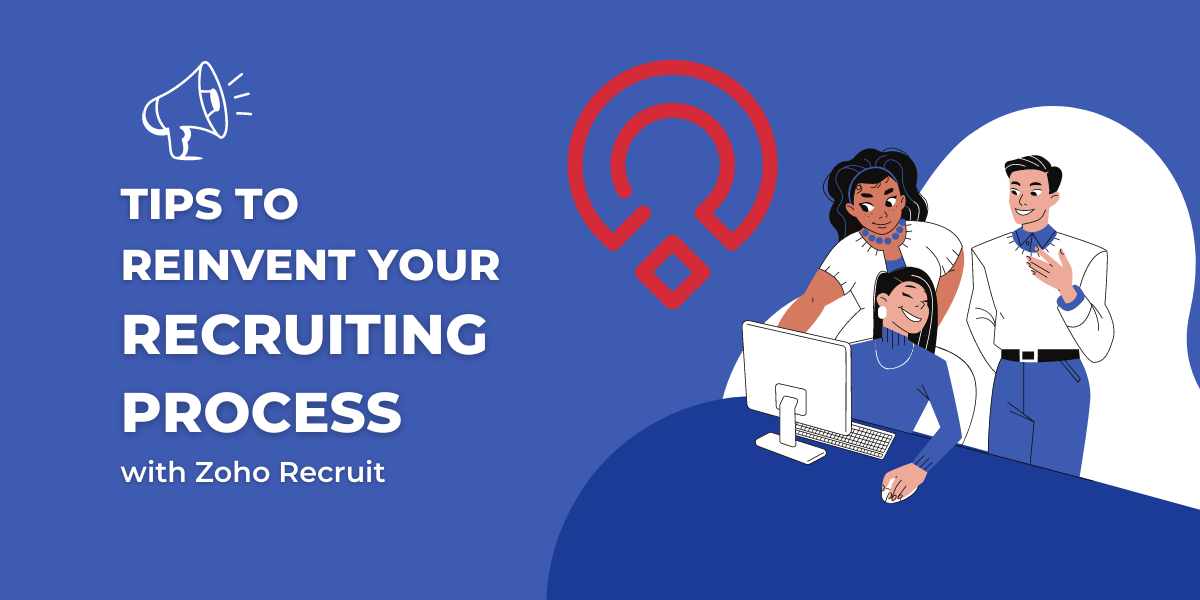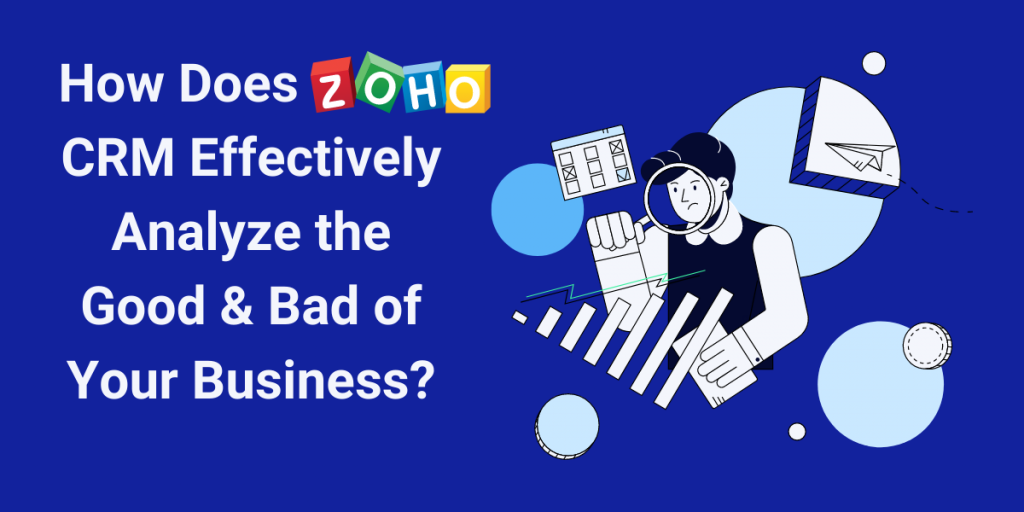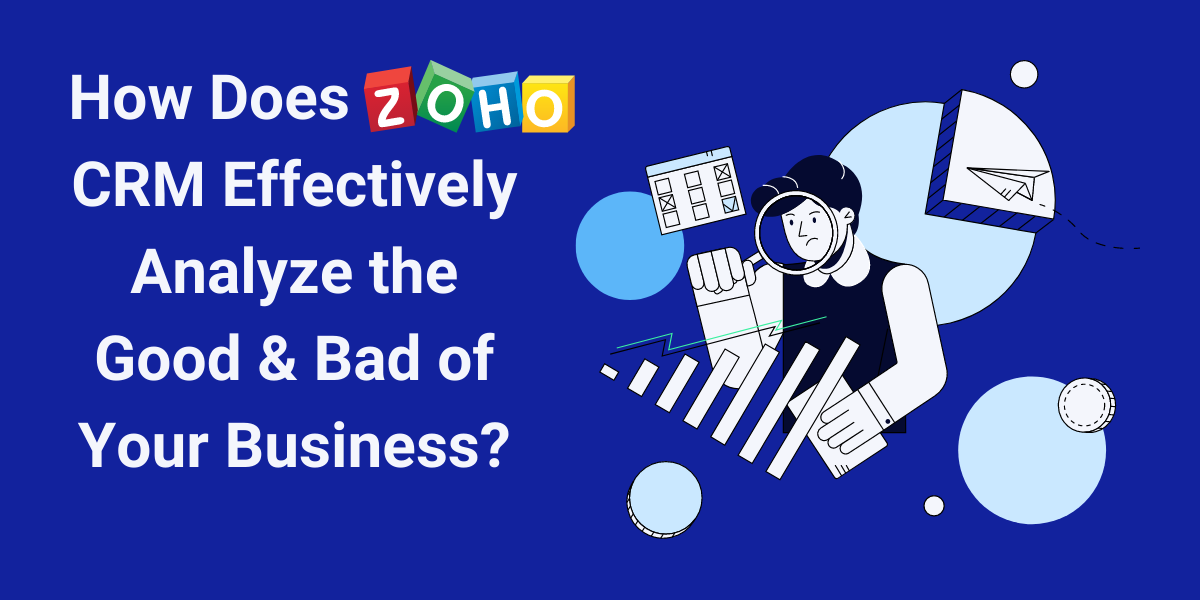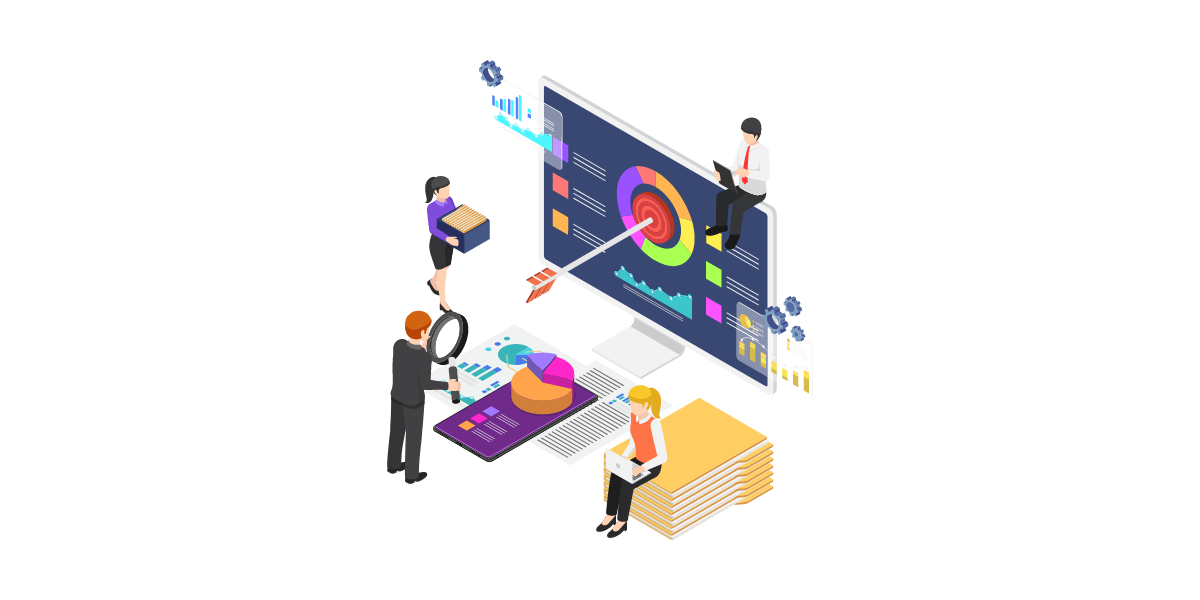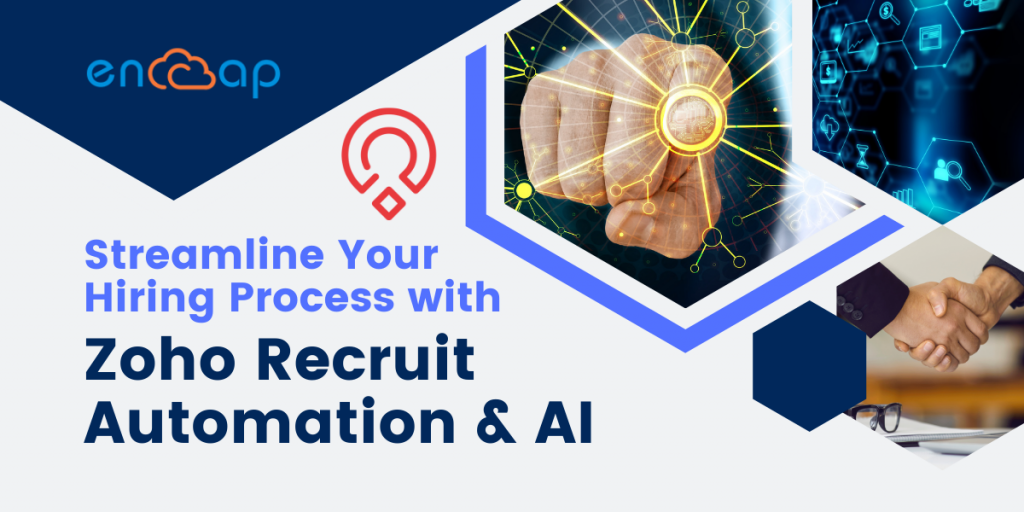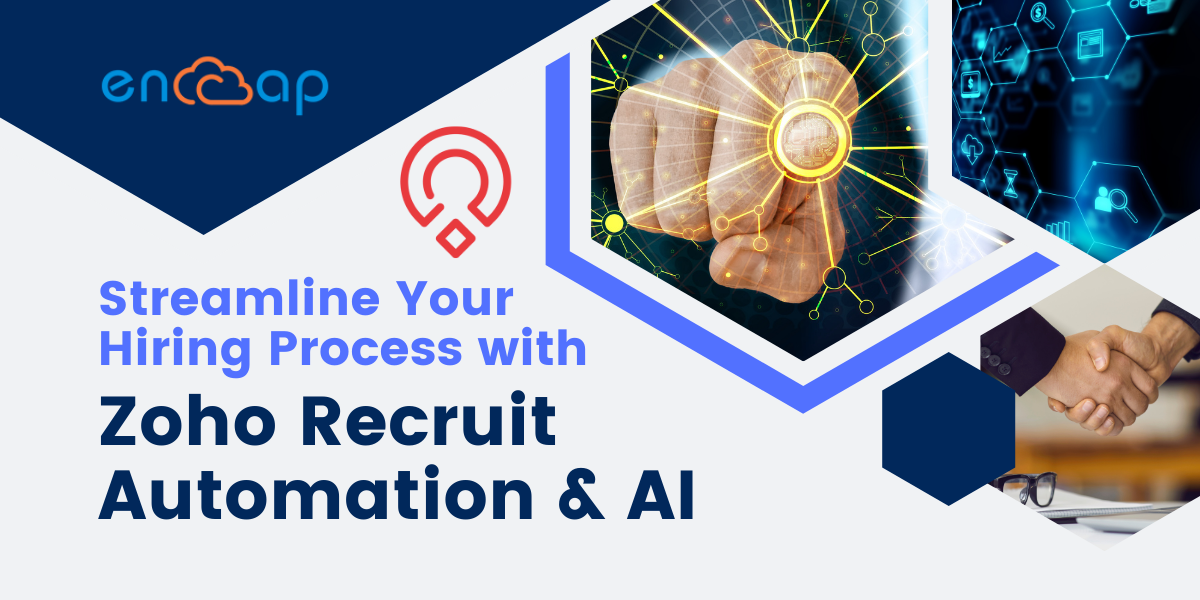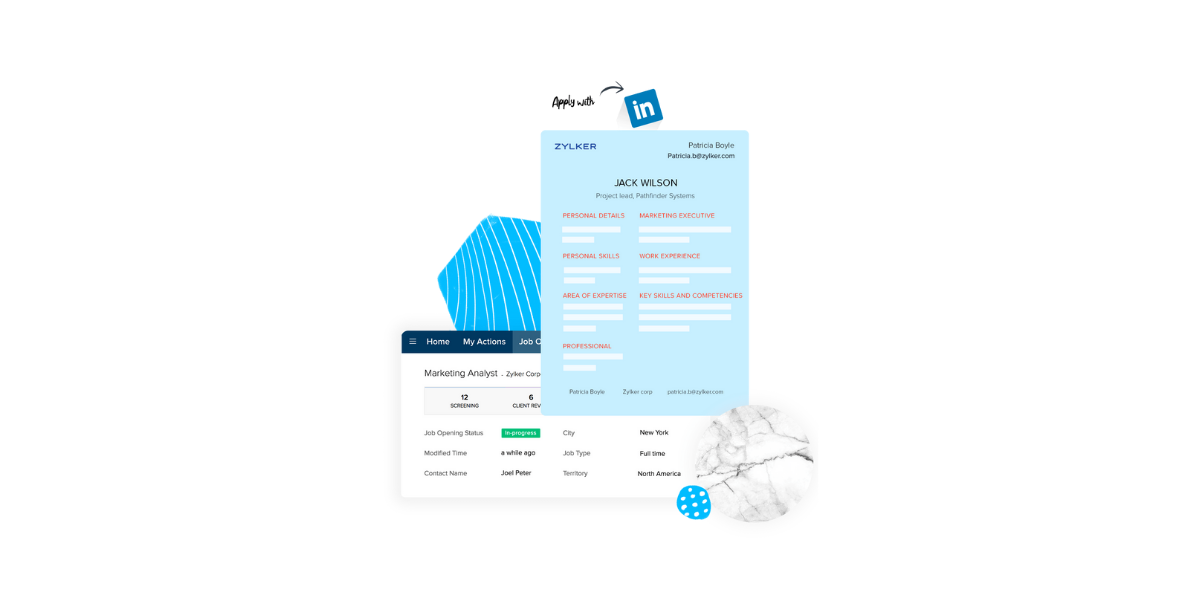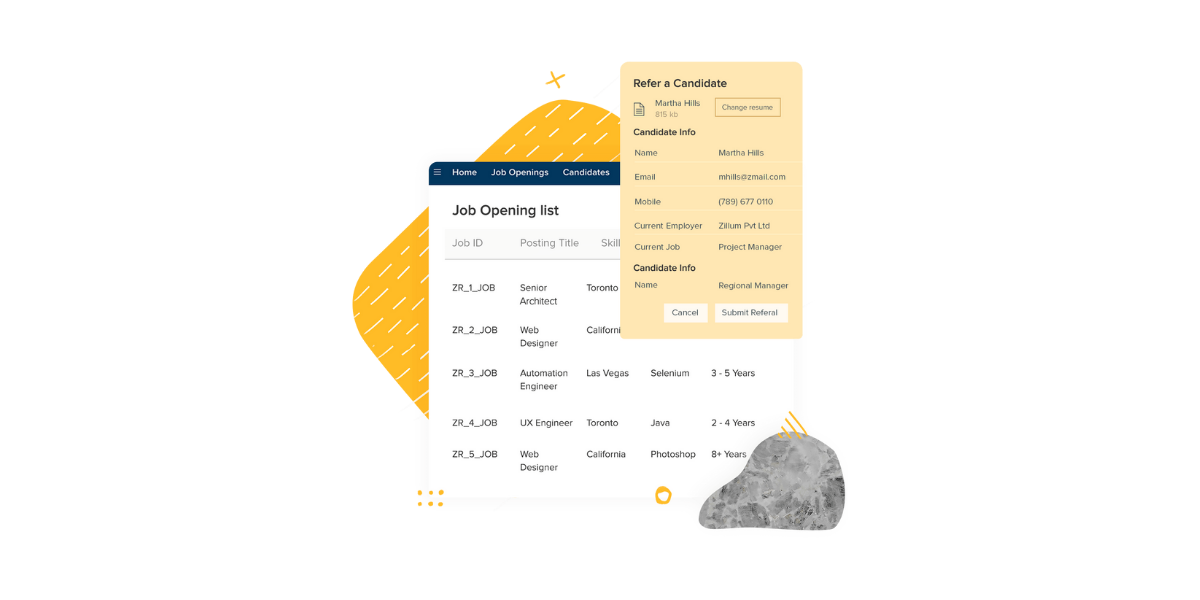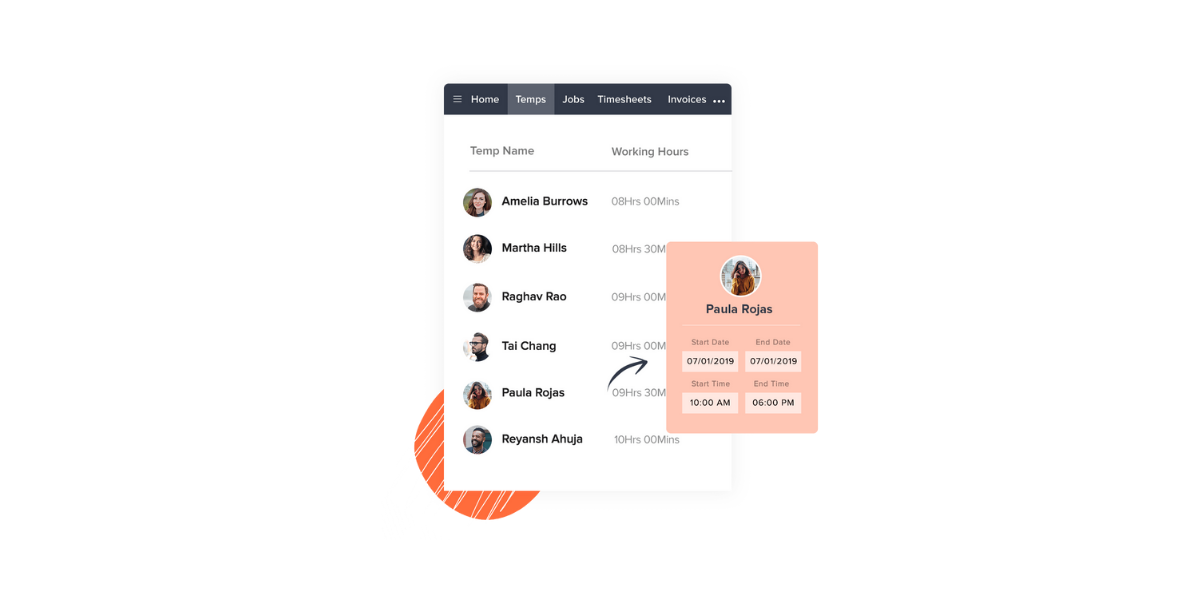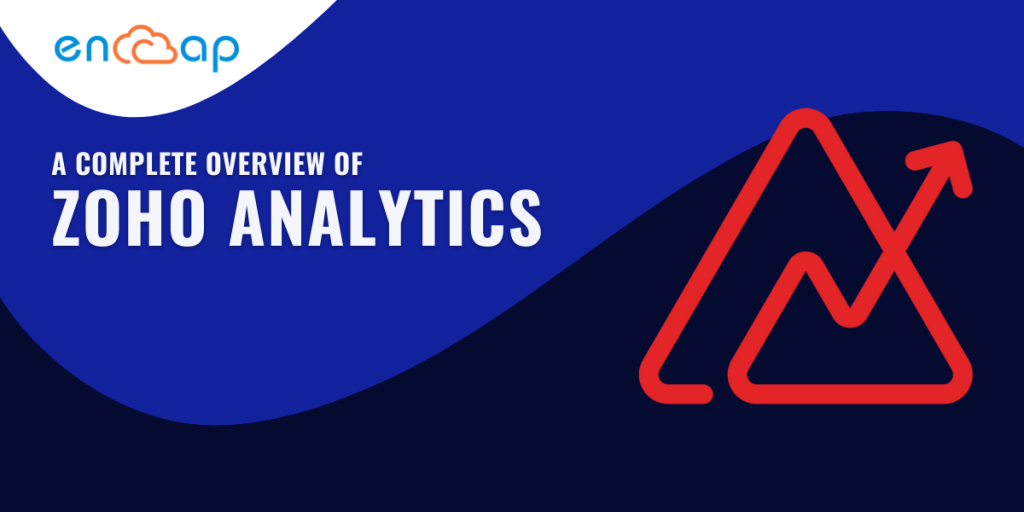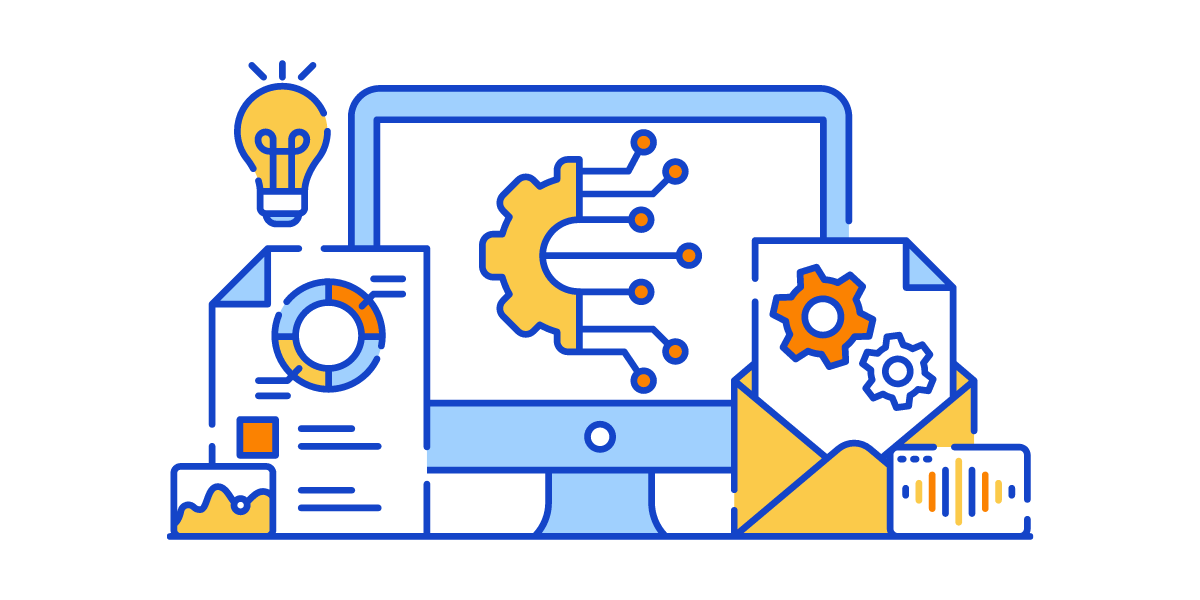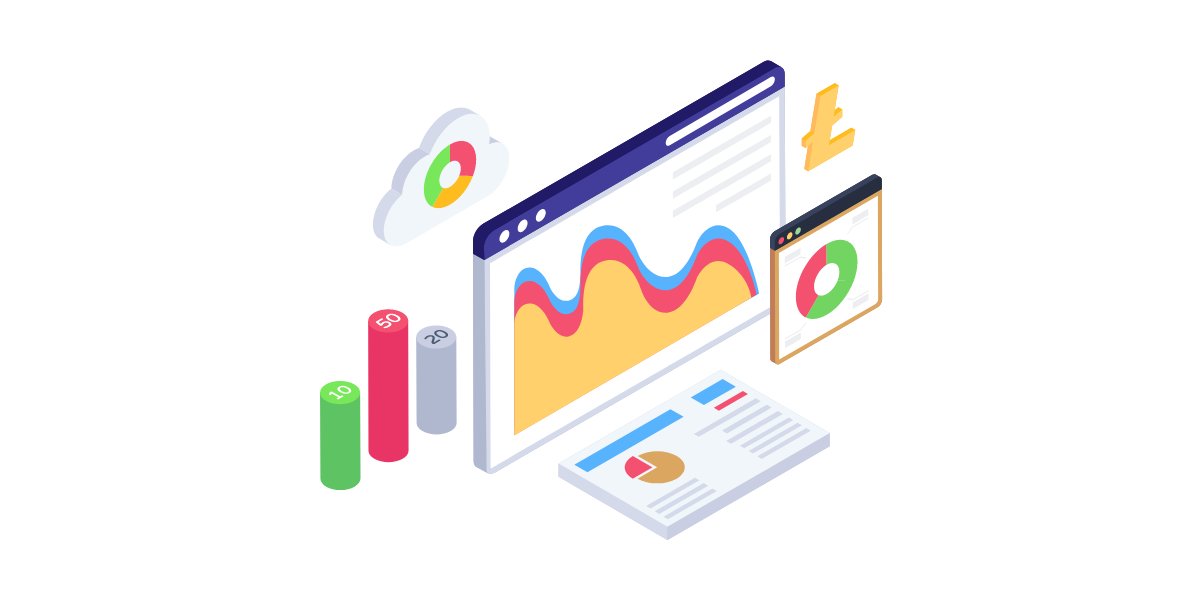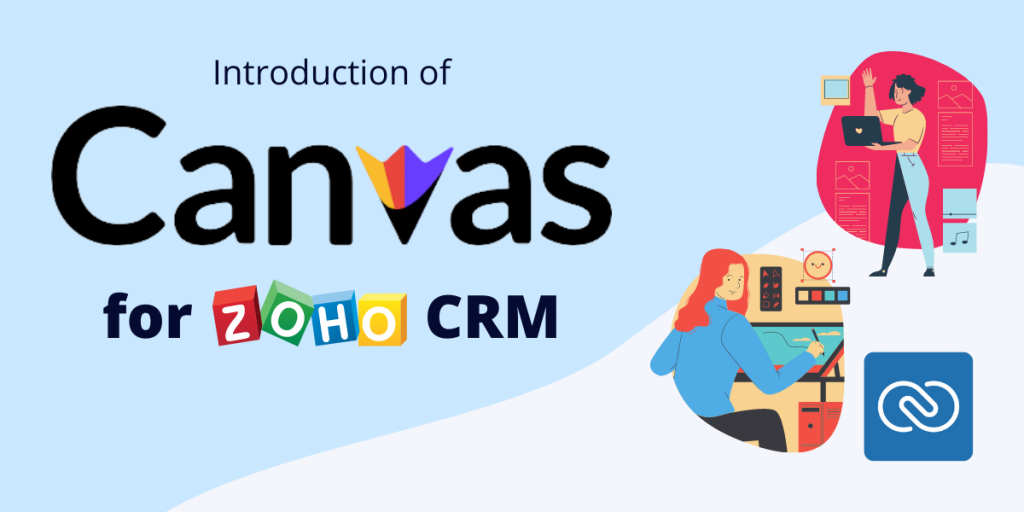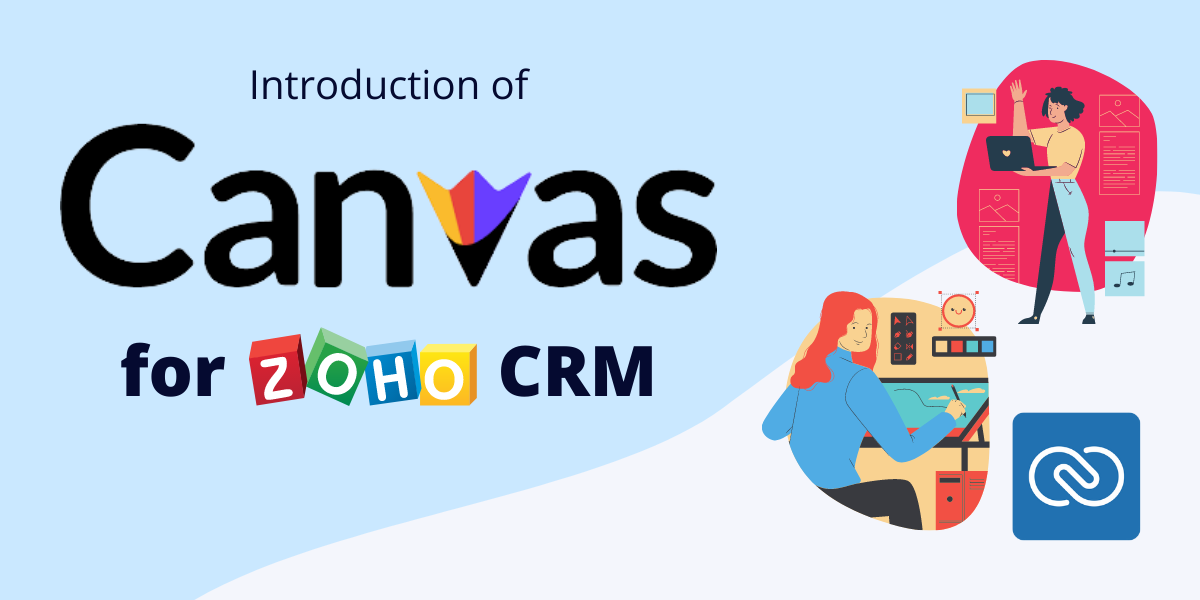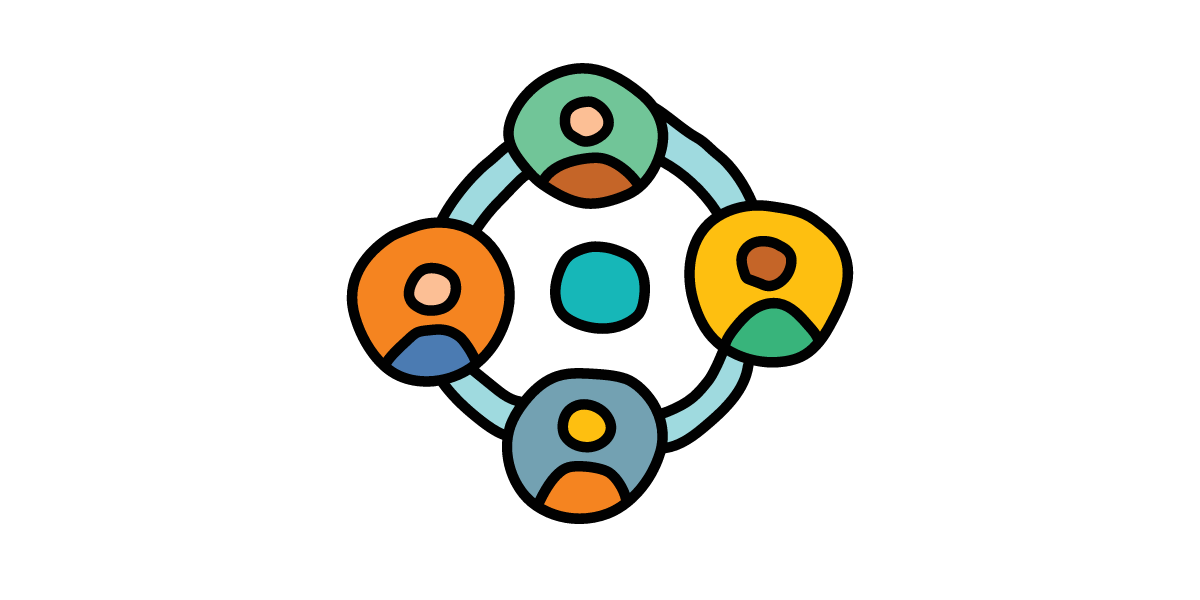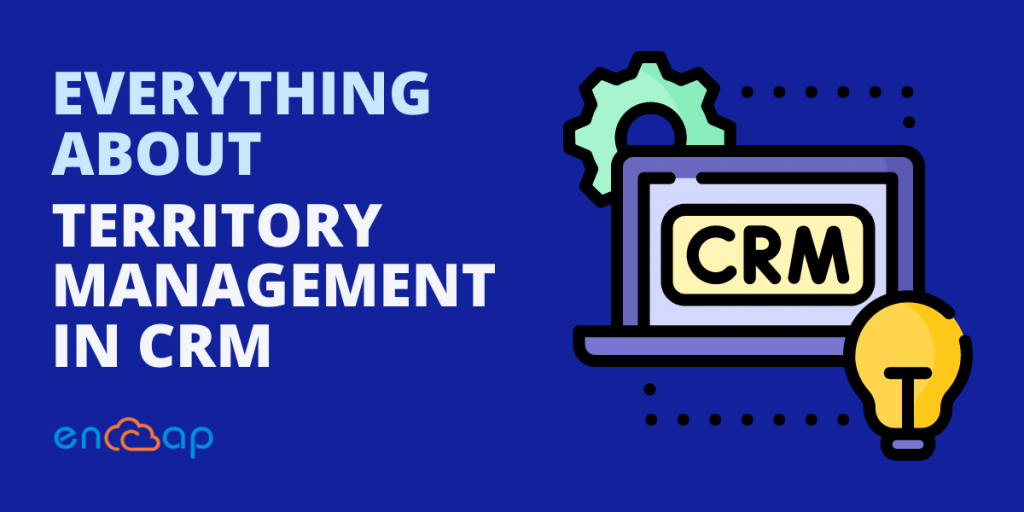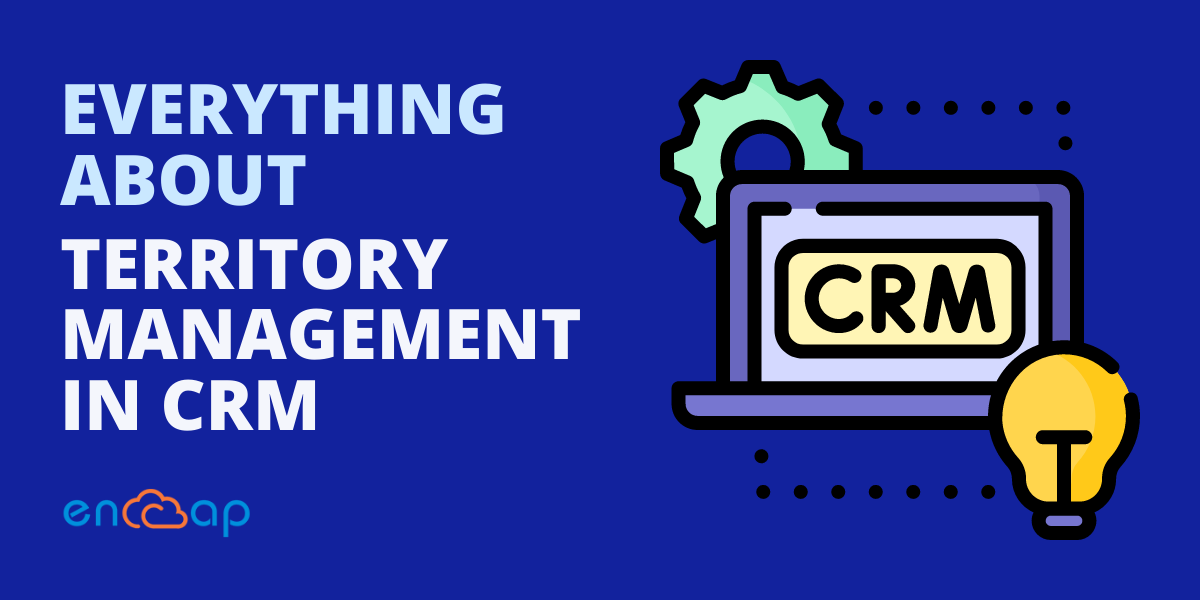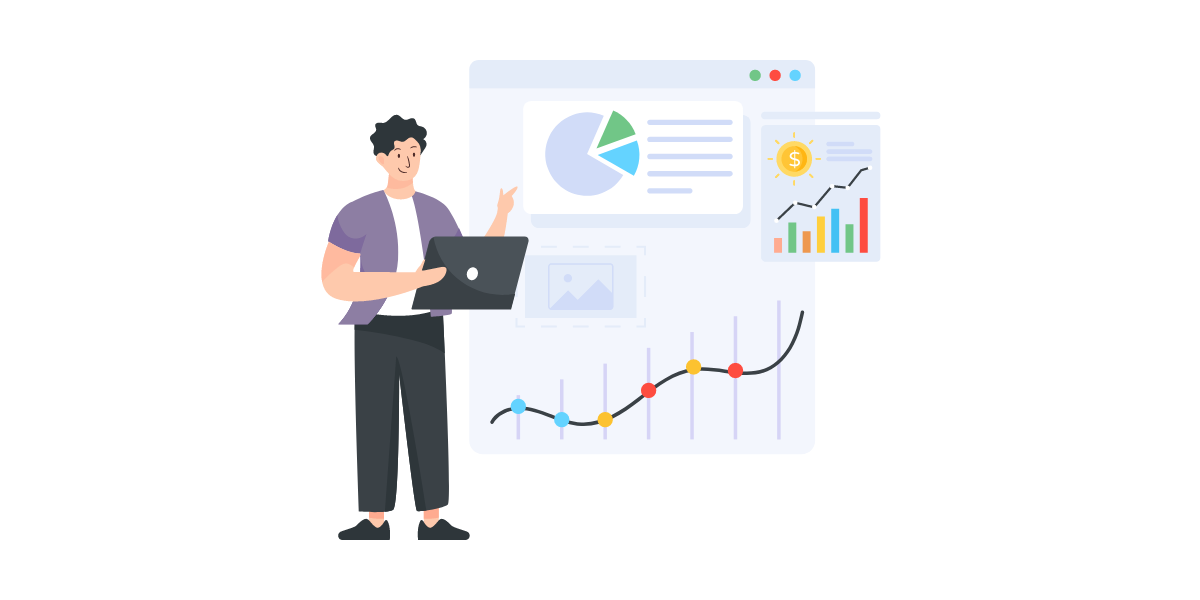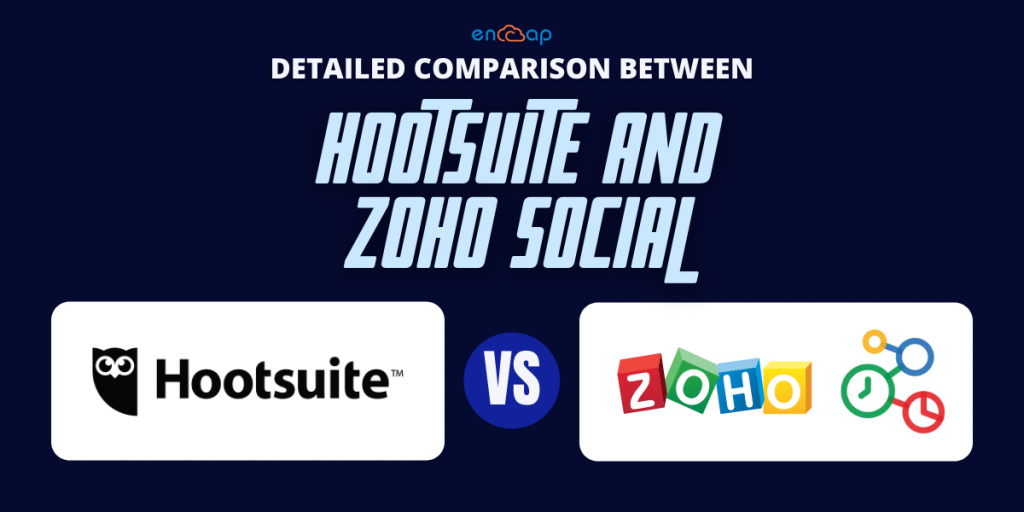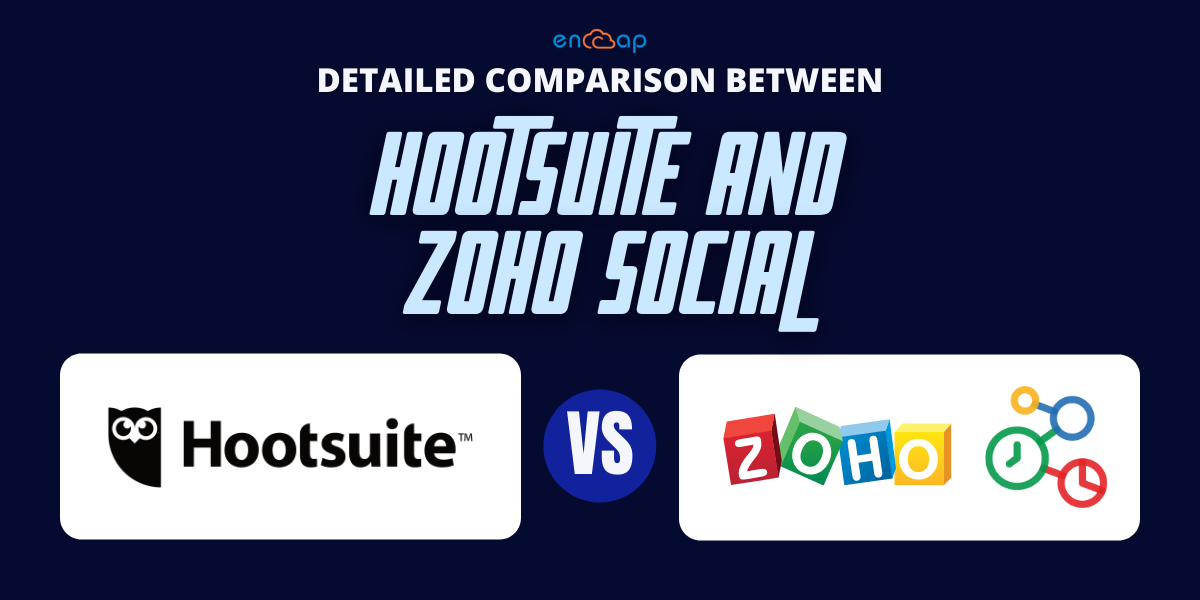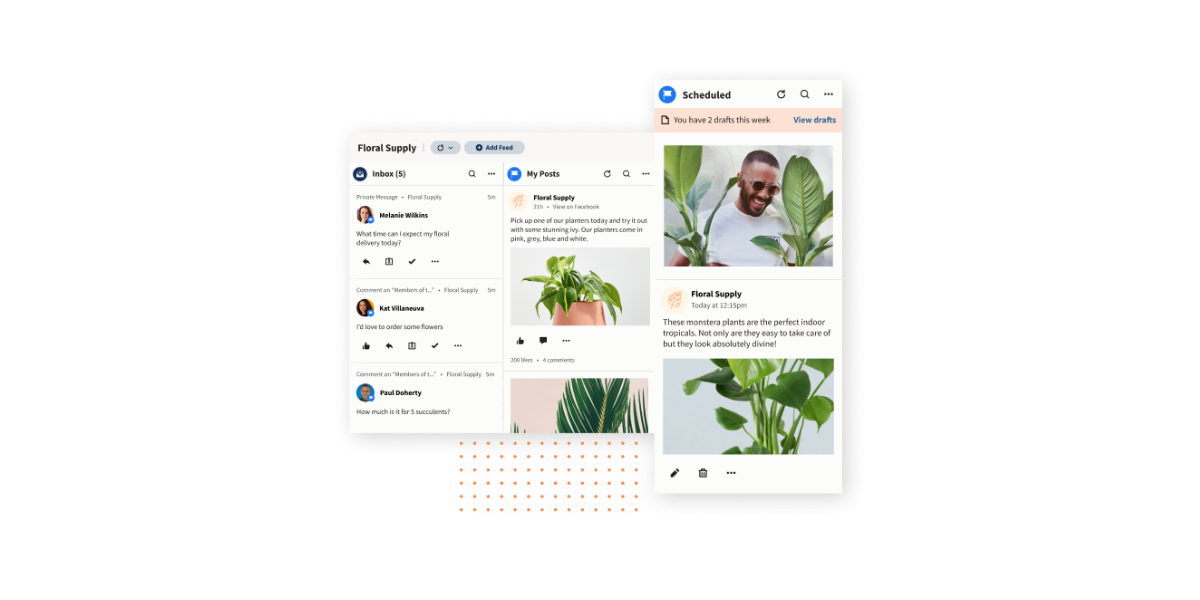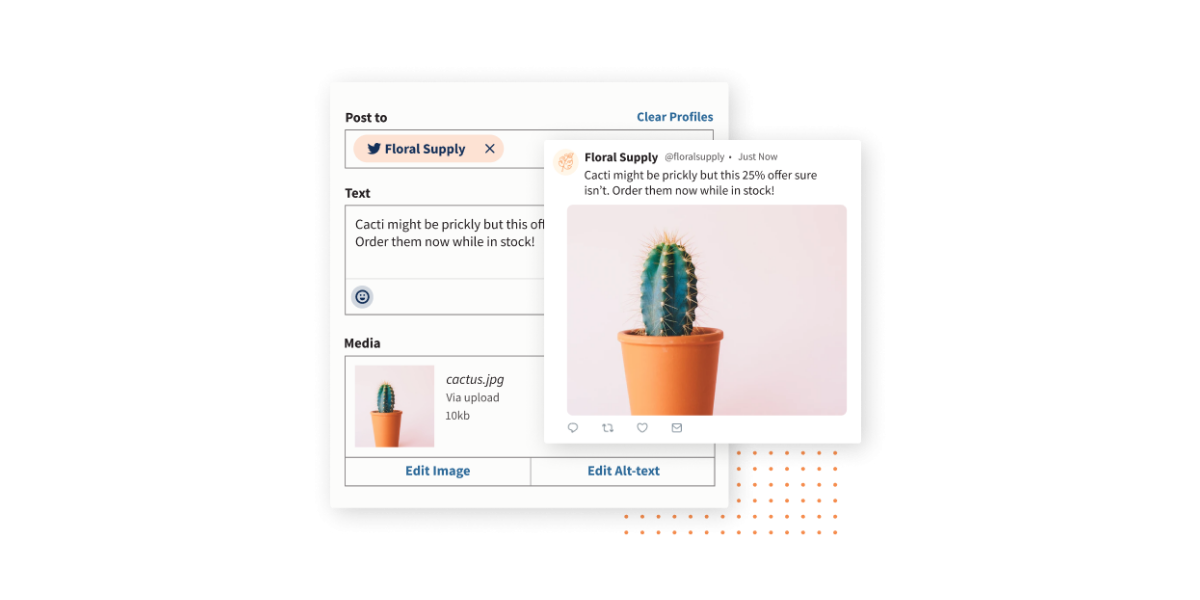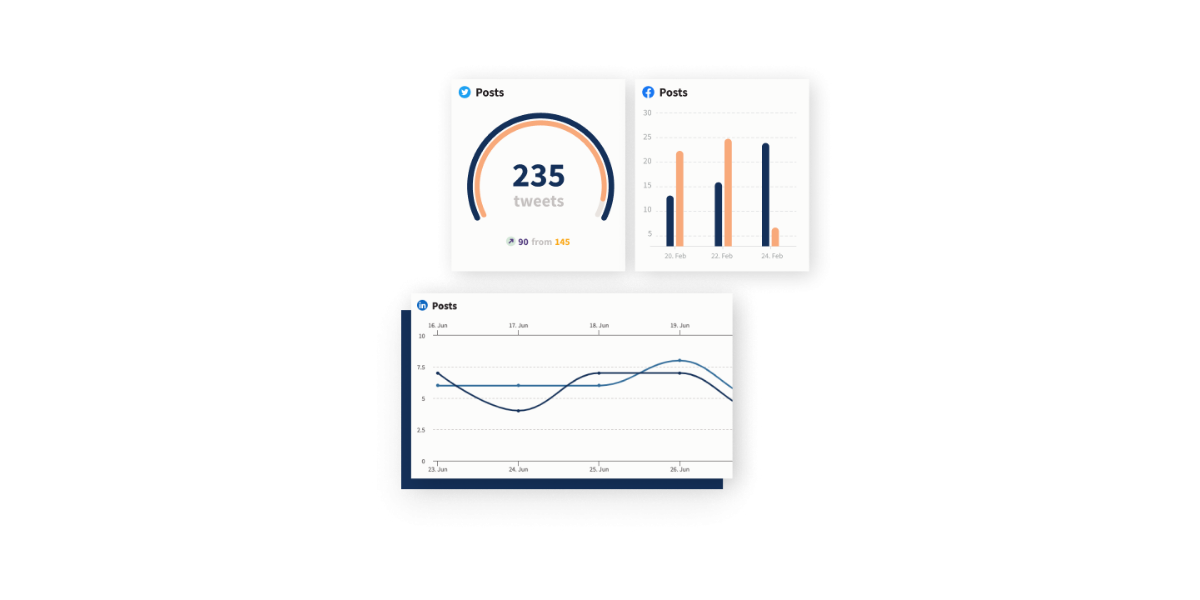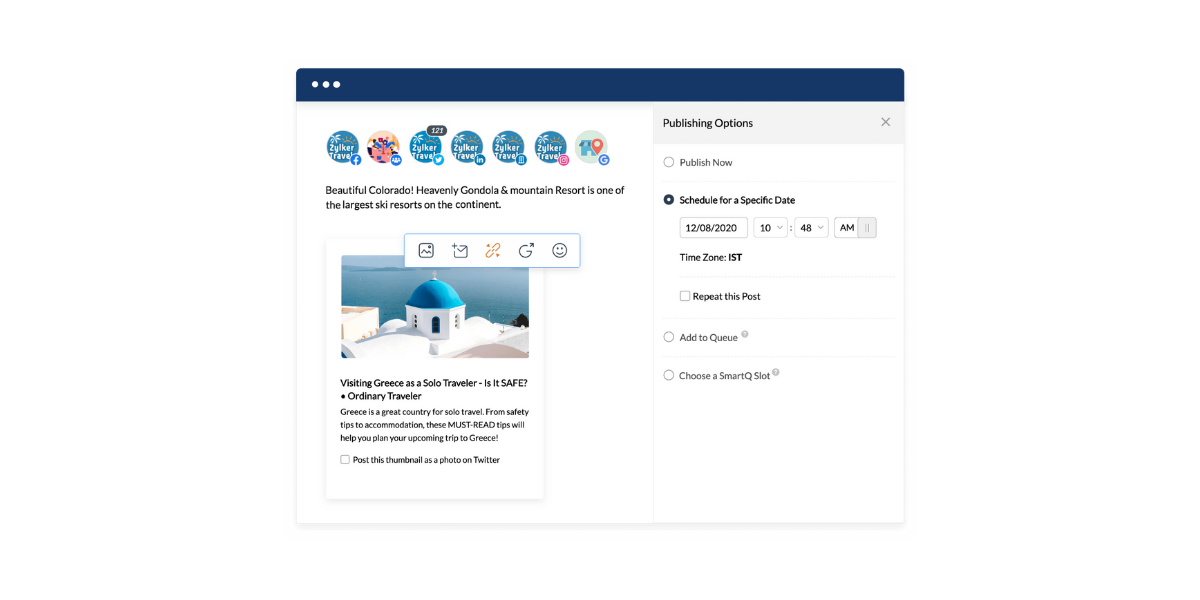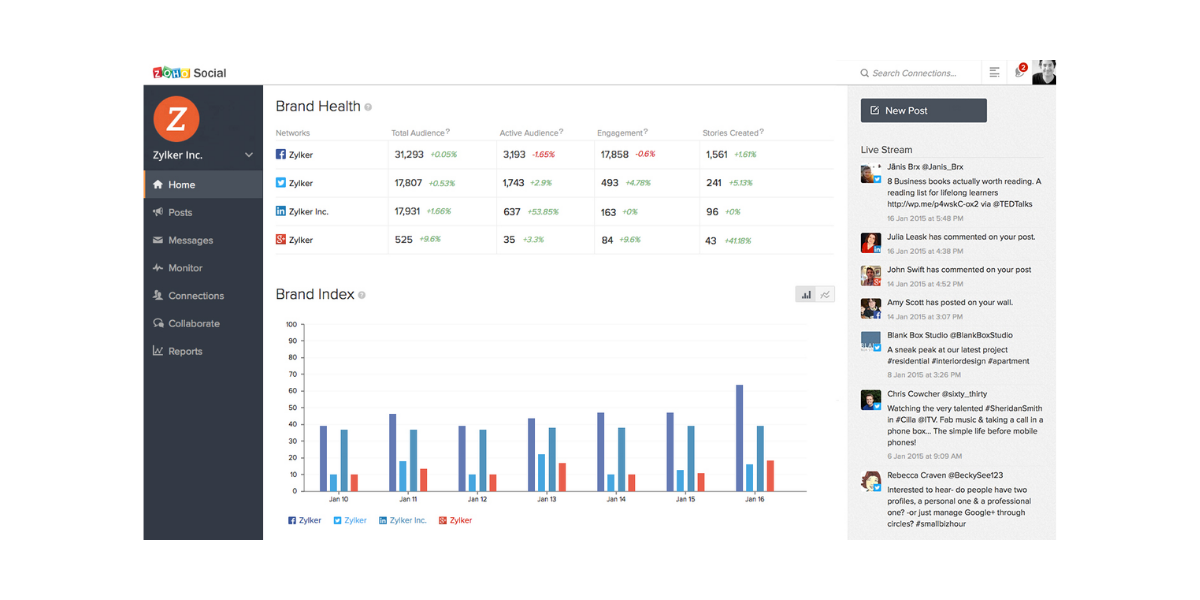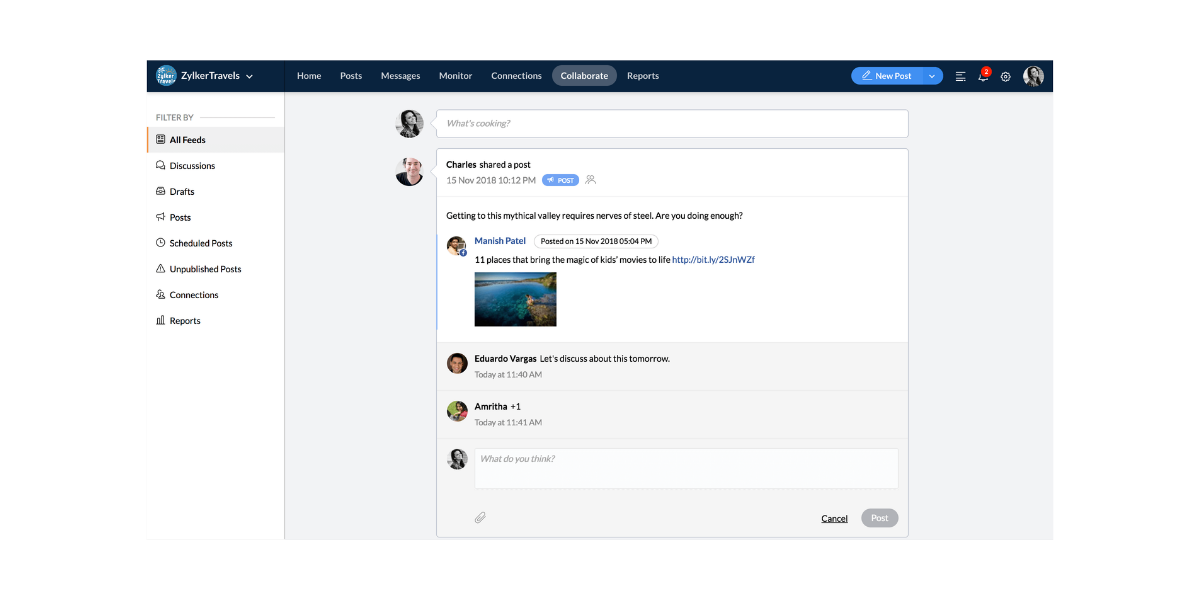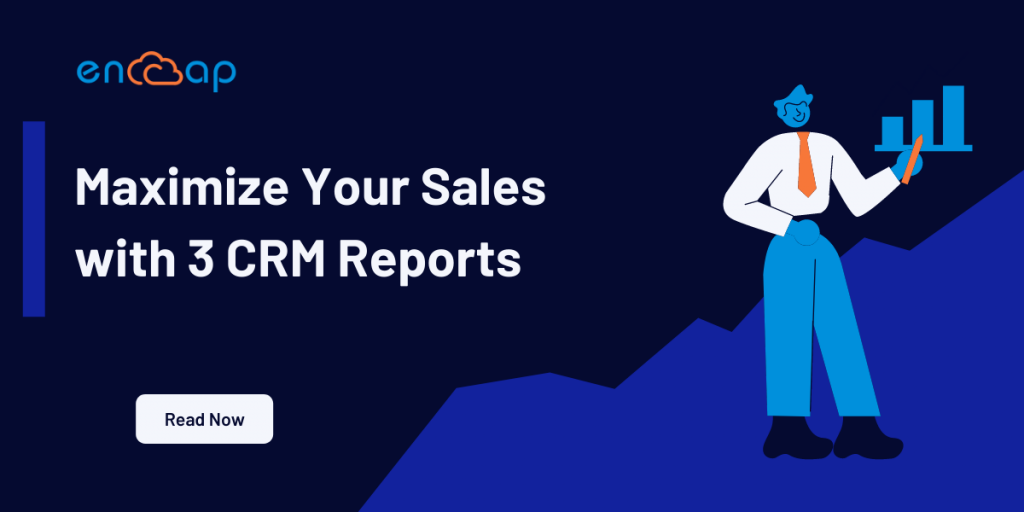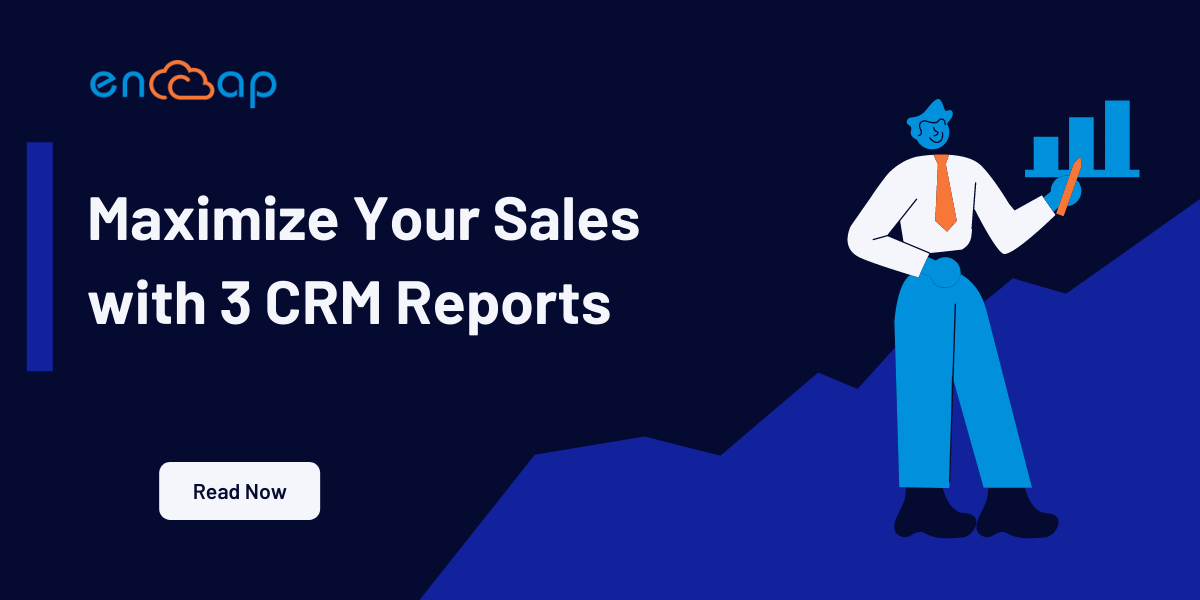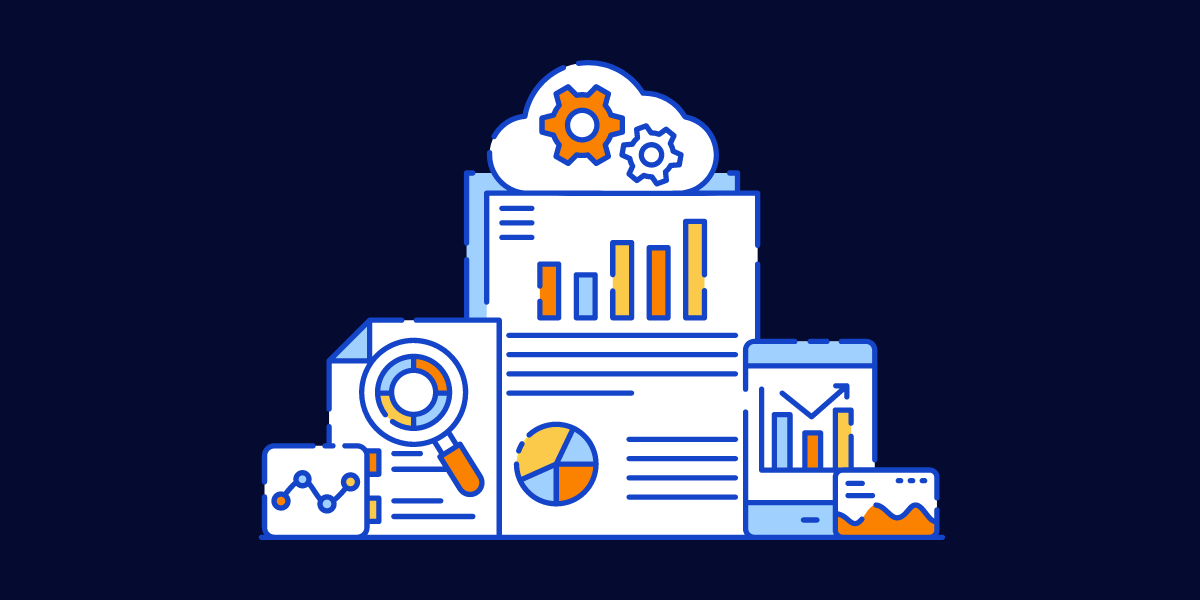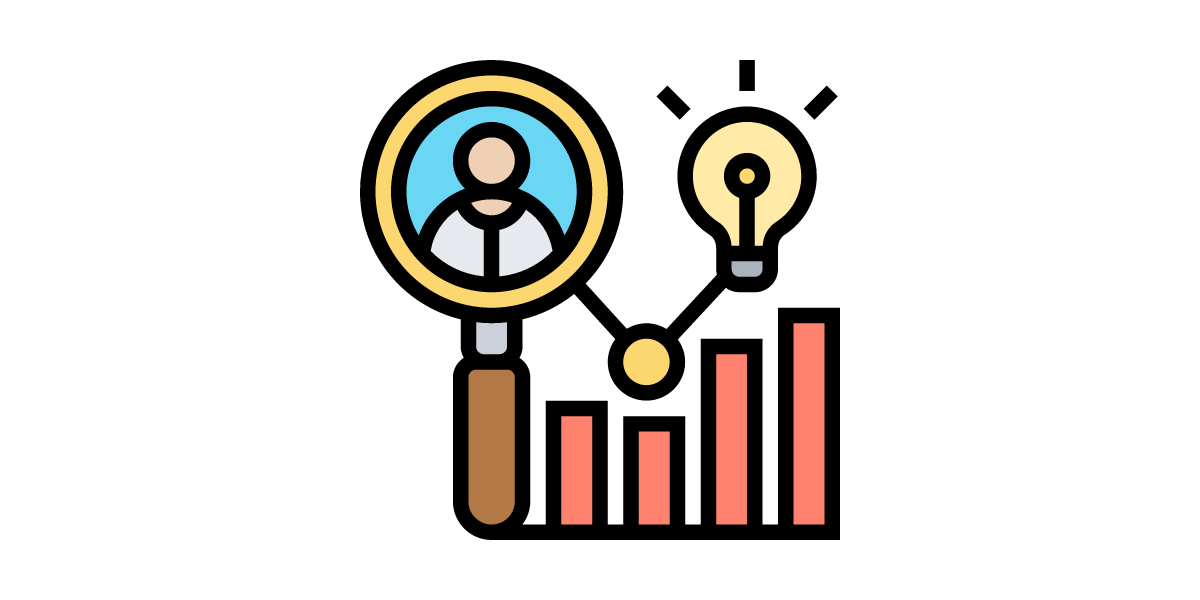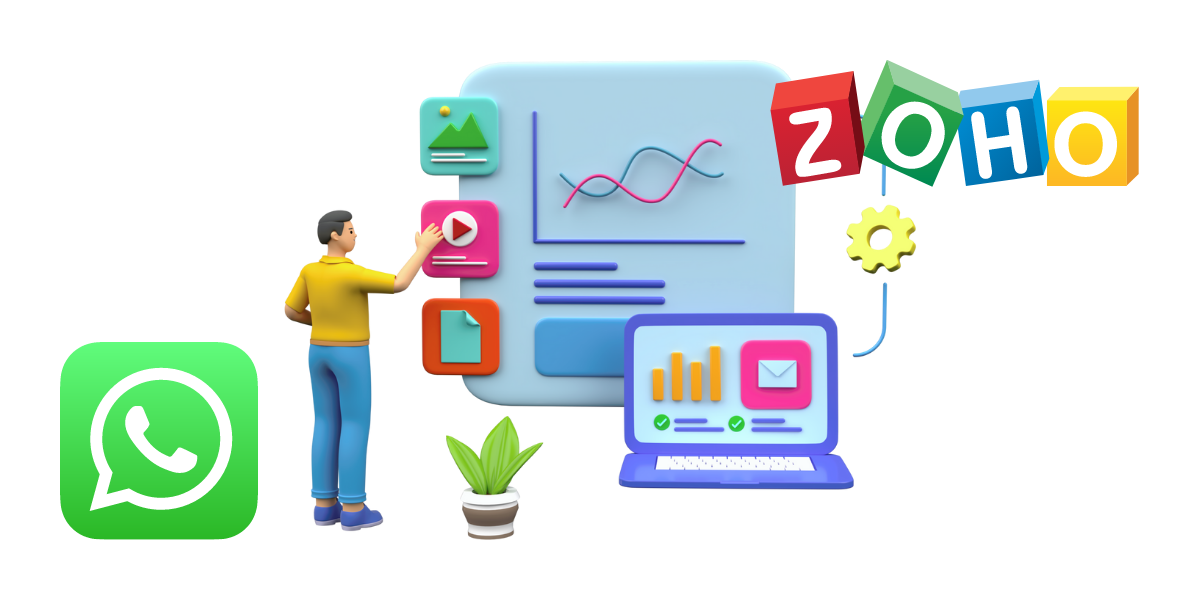How are AI Chatbots Revolutionizing Customer Support?
Artificial intelligence and all its possible implications can no longer be ignored. The suitable use of AI services and programs can potentially revolutionise a business like never before. The evolved companies are using AI for automating even the most basic tasks, changing interactions, building relationships, deriving profits, and offering services.
Artificial intelligence has also improved customer experience with personalised communication, image recognition, chatbots, and other recommendations. Most businesses use AI to enhance and personalise customer experiences. AI has a beneficial influence on customer success operations with the use of chatbots.
In fact, it has turned out that for earning the confidence and commitment of customers, AI-based chatbots have become critical. In this blog, we will try and understand how AI chatbots are changing customer support. Read on to know more.
What is a Chatbot?

A chatbot is computer software that helps businesses to automate conversations with customers. It is an artificial intelligence program that is designed to stimulate communications with customers. The customers can easily engage with an AI-based chatbot through the chat window, messaging and voice applications.
Everyone in the present world has come across a chatbot whether they know it or not. For some time now, chatbots have done an exceptional job of replacing the humans from one end of the conversation and have enabled human to machine interactions.
The thing with chatbots is that they can process data for responding to all kinds of needs powered by AI, NLP, and machine learning. In case the chatbots cannot answer a question or a request, the chat transfers to a human agent.
Mainly, there are two types of chatbots: Flow chatbots and AI chatbots. Both of them are designed to improve customer experience. Flow chatbots are like tree-based models which mean that the user is guided down a predetermined path defined by a developer.
The AI-based chatbots are self-trained so they can produce backlogs of knowledge according to the information they receive by interacting with customers. Multiple online customer service platforms use chatbots to manage the volume of questions, phone calls, and other requests.
Modern Chatbots Meet Customer Expectations
The technological developments that we see around us are in one way or another meant to be like human body developments. Chatbots were originally developed to replace human conversations with a machine. However, there was a lot of scope for improvement.
In the past, the chatbots took anywhere between nine to twelve months to build and get deployed. The cost of a large number of experts and chatbot dedicated software engineers required the first generation chatbots to be less cost-optimal than they could be.
Other than this, the chatbots also did not offer better customer experience. The robotic chatbots were scripted and they could not foresee user intent or engage in a meaningful and dynamic dialogue. User interaction suffered immensely because of this which eventually affected the overall user experience.
There was also a lack of understanding in the earlier chatbots for meeting the rising user expectations. They could not find the want of the users and they could also not formulate specific and personalised responses.
Changes in Customer Support Experience
A core principle of selling is the ability to strike suitable conversations. In the past, one on one human interactions were used to answer questions and address all the questions. However, with the evolution of online platforms, the feature of 24×7 customer support becomes ever-present. To fulfil this need, chatbots were developed. These chatbots are cost-effective and offer support at all times.
Traditional chatbots revolutionised the concept of customer engagement beyond measure. They recognized keywords but failed to recognize the context in which they were being used. These chatbots did not have the ability to understand human emotions such as anger, frustration, etc. They also did not understand the way people speak.
Even though the development of chatbots was efficient, they were mechanical in nature. On the other hand, the demand for personalised conversations was gaining attention to offer a seamless customer experience. This is how AI-based chatbots came into being. In addition to quick and affordable solutions, these chatbots understood the context and intent of customers before doing anything meaningful.
The chatbots recognized customer frustration and switched the changes to a human in the company’s support centre. AI chatbots offer a personalised customer experience by providing customer data to the agents in real-time. It was realised that customers want quick, and frictionless solutions to their problems and so, AI-based chatbots were introduced to make this happen. Zobot and Salesforce Einstein Bots are perfect examples of this.
Why are Chatbots Important for a Business?
Chatbots provide a quick and engaging customer experience with troubleshooting services, a help desk, and an assistant at all times. Chatbots are more convenient and it takes lesser time for customers to strike conversations using them. A bot uses AI to search through sizeable quantities of information while accurately selecting relevant answers for a consumer.
It has been noted that businesses that use chatbots can reduce conventional tasks while also handling different requests from customers. This quick way of handling customer questions and offering constant support helps businesses to improve customer loyalty. Some of the benefits of chatbots are mentioned below:
1. Reduction in Turnaround Time
It is challenging for businesses to maintain a balance between inbound customer queries and support agents. This is even if the company has a talented workforce and an agent is made responsible for handling only one customer at a time.
Manual tending to the customers leads to an increase in waiting time for customers due to which the business might lose a potential lead. On the other hand, chatbots have no such constraints. The implementation of AI-based chatbots can handle any number of customers and it can do this suitably.
2. Constant Customer Service and Support

The chatbots are capable of offering constant support to the customers. They use past conversations to improve at each stage.
The AI-based chatbots also enable everyone to offer at least the basic support needed for guiding a user to a specific section of the website while providing pricing details, etc.
3. Customer Needs
No matter which sector a business may operate in, it usually has a wide range of customer data needs including past transcripts of conversations, transaction history, etc. This is the data that is mostly unstructured because of which many companies fail when it comes to leveraging it.
The AI-based chatbots come with the ability to use this data for understanding the past and future requirements. It also helps the customers in receiving important information without manual intervention.
4. Omnichannel Experience
All businesses are needed to offer a better customer experience if they wish to grow in the market. In fact, this is what makes a business stand out. It can be difficult for agents to juggle between platforms for offering customer support in real-time.
On the other hand, AI-based chatbots are capable of offering an omnichannel experience with easy integration. Different platforms can also be integrated with chatbots. No matter which channels your customer needs, the business is always ready to offer it.
5. Personalised Recommendations
Artificial Intelligence assists the customers in the form of customer purchasing decisions and the creation of suggestions based on those findings. The suggestions also aid in the creation of focused branding and marketing initiatives that increase customer interest.
It must be noted that most online buyers believe that it is easy to obtain reliable and efficient suggestions using the power of AI and machine learning. The manual data can be used by AI to analyse purchasing trends and do predictive and prescriptive analyses to increase engagement.
AI discovers methods for shaping and creating a better customer experience interaction. Common opportunities such as upselling and cross-selling have the ability to increase because of improved suggestions.
6. Efficient Services

We have already understood in the points mentioned above that customers want rapid and efficient services which is something that should not be overlooked. AI-based chatbots satisfy this consistently and efficiently.
The chatbots have few mistakes which make it easy for customers to obtain the information that is needed for improving their analytical abilities. Customer service can either make or break a business because it must be responsive, consistent, and focused.
Chatbots for example can answer simple questions, minimise touchpoints, expedite conversations and assist with complicated situations. AI-powered virtual assistants aid consumers in navigating the procedure and conversing with them. Natural language processing, voice assistants, and machine learning can allow AI agents to make it easy to approach customers online.
7. Real-Time Decision Making
Organisations may also employ tracking and data analytics for interacting with the customers on a deeper level because of technologies like artificial intelligence and machine learning. Other than this, facial expressions can also be taken into account for allowing a personalised and tailored customer experience.
The AI technologies also help in data cleaning, merging, and rearranging helps in making quick decisions. Other than this customer feedback, service requests, and response times can also be improved. The AI technology can be used for extracting customer trends and customer interactions.
With the real-time data, visual analysis and personal engagement with customers also improves considerably. The information used helps in providing excellent customer support along with fostering deeper relationships.
8. Better Product Recommendations
The teams can use AI-driven suggestions for offering the best products recommendations by combining the data and knowledge together. It is also possible to improve sales by collecting data such as website search questions, purchase habits and so on.
The suggestions have the ability to offer the best product characteristics and dynamic data. With the media initiatives, product suggestions can also lead to a better customer experience. The customers can learn more about the items they have purchased while locating comparable ones that can improve their experience.
Product suggestions also help in determining which aspects of a product such as composition, performance, scope, and function can be improved. This increases the overall product characteristics while also improving the core emphasis on products and services.
Conclusion
To make sure that the customer information is used successfully, data is important for ensuring the best customer experience. All customers must be served by an AI-based customer support centre and AI solutions are an excellent way to do that. Companies must integrate this technology at the earliest.
More and more businesses are focusing on improving the customer experience for gaining loyalty and confidence. Great outcomes are possible if data-driven marketing innovations are used as a part of the marketing plan.
With the integration of customer data, AI is evolving to offer many options for customers including the creation of customer journey maps, reducing turnaround times, simplifying customer interactions, and increasing customer engagements. Making sure that these aspects are integrated will ensure user-friendly customer support and experience.
How are AI Chatbots Revolutionizing Customer Support? Read More »
CRM Services, Digital Marketing
